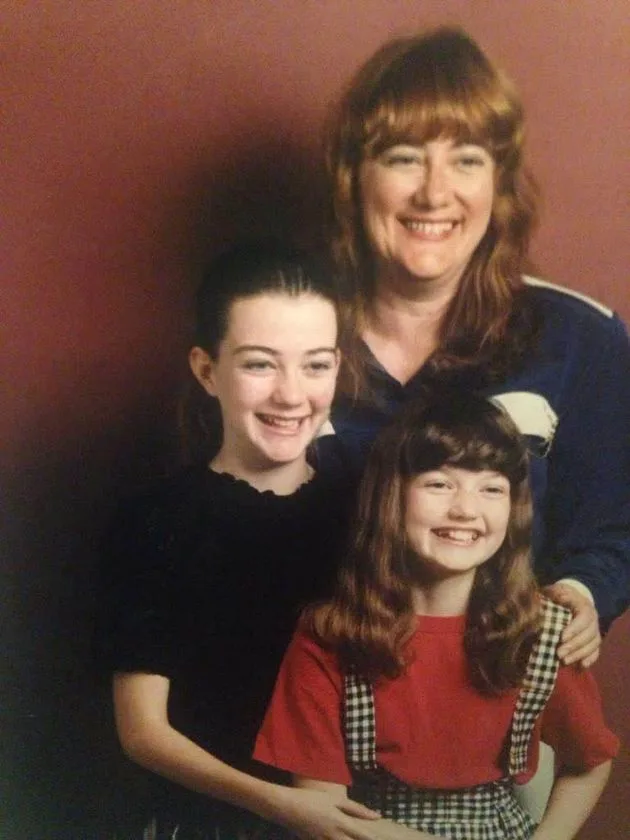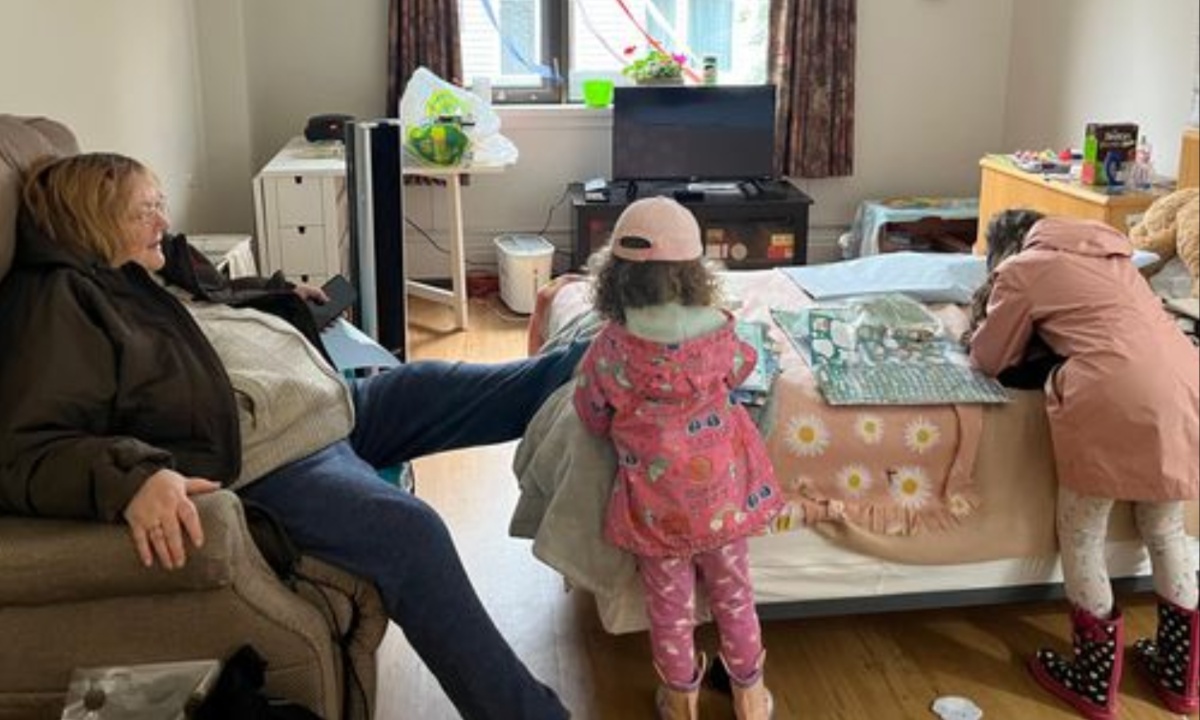A few months before a woman ended up homeless, she was admitted to the psychiatric ward at a hospital after a manic episode. During this episode, while off her psychiatric medication, risperidone, she stole a neighbor’s dog, claiming it was having a playdate with her cats.
The situation escalated when she was coaxed to the ER under the pretense of a prescription refill, becoming agitated and resisting help. However, with the intervention of a calm embrace and support from the hospital staff, she was eventually guided to the psychiatric unit without incident.
Mental illness plays a significant role in homelessness, as illustrated by the woman’s experience with schizoaffective disorder. It’s estimated that around 67% of people experiencing homelessness have a current mental health disorder. Her case is a stark example of how untreated mental illness can lead to instability.
Despite access to treatment and care, maintaining consistent medication routines proved challenging, contributing to her frequent episodes of instability. This pattern of behavior made it difficult for family and healthcare providers to manage her condition effectively.
After several weeks of treatment, the woman’s condition improved significantly while hospitalized. However, there was no clear long-term solution to prevent future relapses. Her family hoped for a more structured living arrangement and proposed an injectable medication to ensure compliance.
Unfortunately, because she was deemed capable of making her own decisions while medicated, there was no legal way to enforce these measures. The healthcare system, bound by legal and ethical considerations, was unable to intervene further since she was not considered a danger to herself or others at that time.

This case highlights a common dilemma in mental healthcare: when and how to impose an involuntary hold on a patient. In situations where individuals pose a direct threat, the decision is more straightforward.
However, when patients, like this woman, exhibit delusional but non-violent behavior, the ethical line becomes less clear. This gray area exists for many conditions, such as severe addiction or dementia, where individuals may be unable to make decisions in their best interest but are still legally entitled to autonomy.
After being discharged, the woman continued to avoid regular medication and refused to accept injectable antipsychotics. Eventually, she abandoned the home provided for her and secretly sublet her apartment, using the money to fly to another city. There, she ended up homeless, sleeping in shelters and on the streets.
Despite attempts by her family to intervene and place her under psychiatric care, medical staff repeatedly ruled that she was capable of making her own choices, leaving them powerless to help.
Over time, she lost contact with her family after misplacing her phone. She was eventually reported missing, and a search was initiated, though such efforts for homeless individuals are rare. Her whereabouts were later discovered when a mall security manager contacted her family, noting that she had been spending her days at the mall.
Although she was still off her medication and suspicious of any attempt to get her back into the hospital, she agreed to meet with her family under specific conditions, mediated by the security manager.
For the next two years, she continued to live without a stable address, frequently losing phones and missing regular contact with her family. When communication did occur, she expressed joy at seeing photos of her grandchildren.
This period underscores the complexity of deciding whether to enforce a treatment plan for someone with mental illness. The ethical questions surrounding involuntary treatment often mirror those faced in end-of-life care, as it is difficult to determine what the person might truly want if they were not experiencing delusions.
In 2023, she was once again admitted to the hospital, where a social worker successfully convinced her to begin an injectable antipsychotic and move into a supported living facility. This marked a turning point, as she had long resisted such interventions.
Whether the change in her condition was due to the persistence of her care team or a shift in her own perspective, the result was much-needed stability. She accepted treatment and moved into a more structured environment, offering hope for a better future.
This outcome could have been much different. During her time on the streets, especially during harsh winters, her safety was at constant risk. While injectable medication and assisted living seem like simple solutions in hindsight, the road to this stability was fraught with danger and uncertainty.
Although her future remains unpredictable, knowing she is now safe and sheltered offers a sense of relief. Homelessness, while often linked to mental illness, is a multifaceted issue that affects many, and broader societal solutions are needed to address it.
